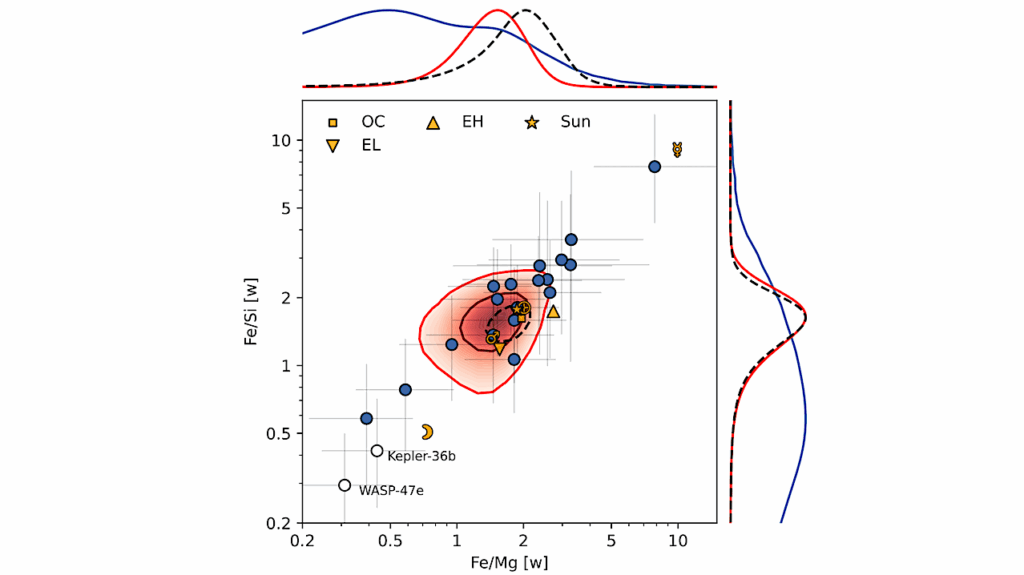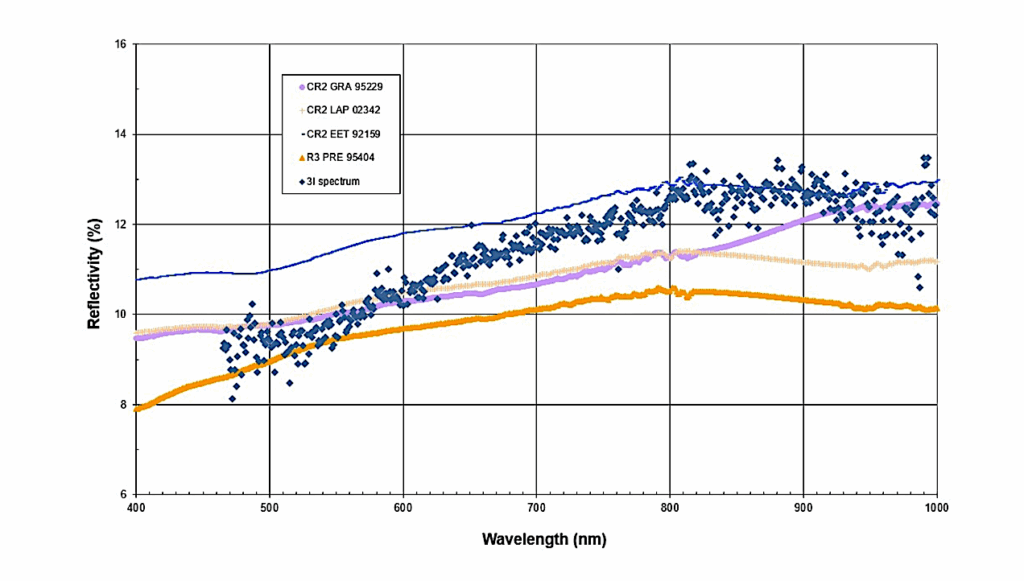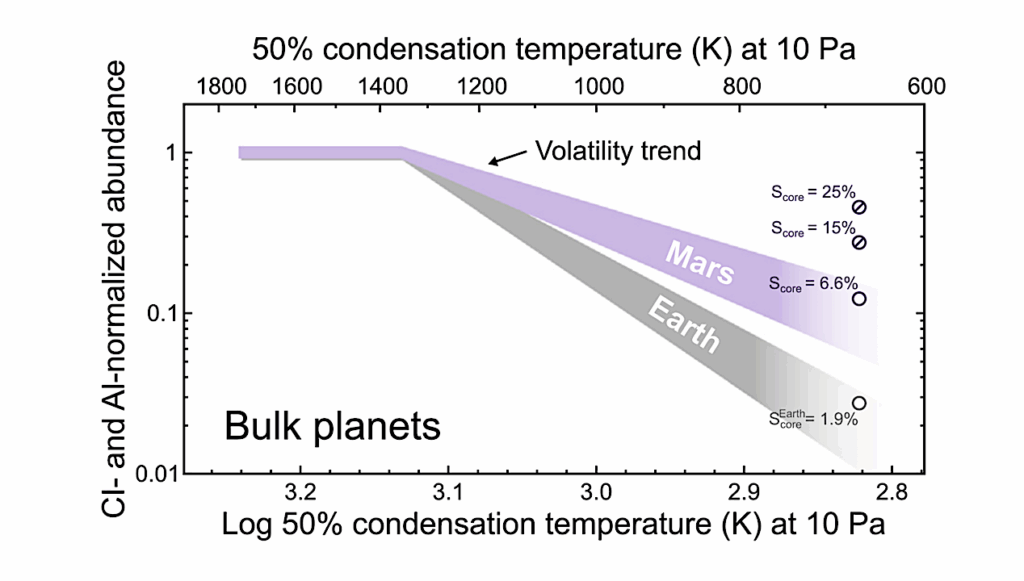The Role Of Giant Impacts In Planet Formation

Planets are expected to conclude their growth through a series of giant impacts: energetic, global events that significantly alter planetary composition and evolution.
Computer models and theory have elucidated the diverse outcomes of giant impacts in detail, improving our ability to interpret collision conditions from observations of their remnants.
However, many open questions remain, as even the formation of the Moon, a widely suspected giant-impact product for which we have the most information, is still debated. We review giant-impact theory, the diverse nature of giant-impact outcomes, and the governing physical processes. We discuss the importance of computer simulations, informed by experiments, for accurately modeling the impact process.
Finally, we outline how the application of probability theory and computational advancements can assist in inferring collision histories from observations, and we identify promising opportunities for advancing giant-impact theory in the future.
- Giant impacts exhibit diverse possible outcomes leading to changes in planetary mass, composition, and thermal history depending on the conditions.
- Improvements to computer simulation methodologies and new laboratory experiments provide critical insights into the detailed outcomes of giant impacts.
- When colliding planets are similar in size, they can merge or escape one another with roughly equal probability, but with different effects on their resulting masses, densities, and orbits.
- Different sequences of giant impacts can produce similar planets, encouraging the use of probability theory to evaluate distinct formation hypotheses.
Travis S.J. Gabriel, Saverio Cambioni
Comments: Published open-access article posted with permission from journal
Subjects: Earth and Planetary Astrophysics (astro-ph.EP)
Cite as: arXiv:2312.15018 [astro-ph.EP] (or arXiv:2312.15018v1 [astro-ph.EP] for this version)
Journal reference: Annual Reviews of Earth and Planetary Sciences 51, pp. 671-695 (2023)
Related DOI:
https://doi.org/10.1146/annurev-earth-031621-055545
Focus to learn more
Submission history
From: Travis Gabriel
[v1] Fri, 22 Dec 2023 19:01:45 UTC (5,796 KB)
https://arxiv.org/abs/2312.15018
Astrobiology








